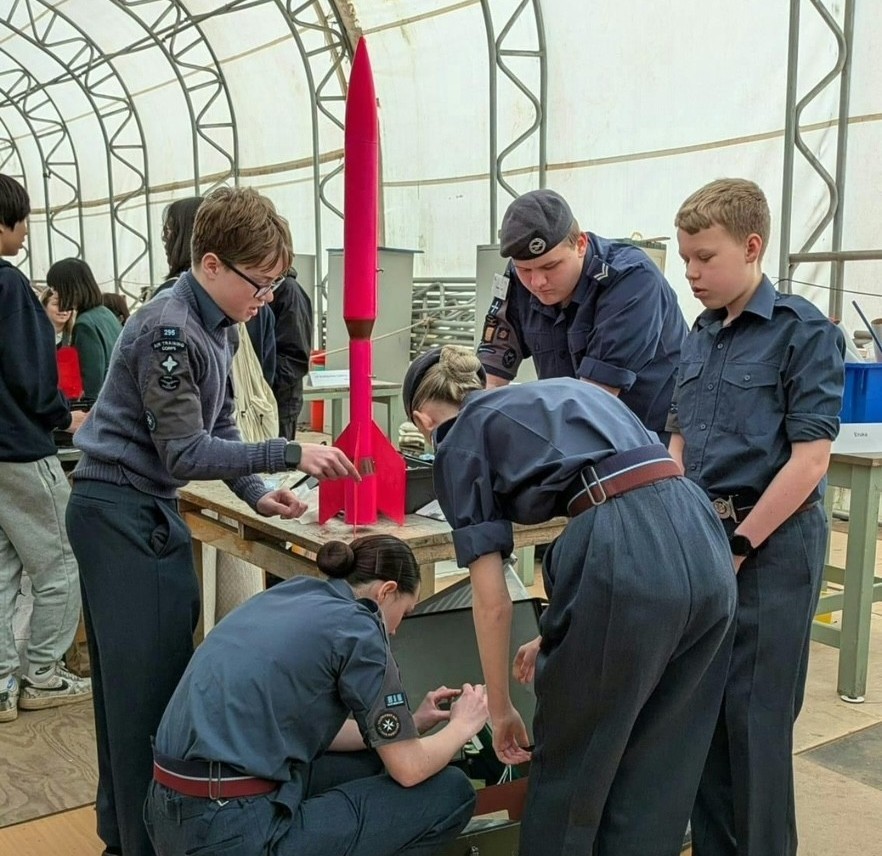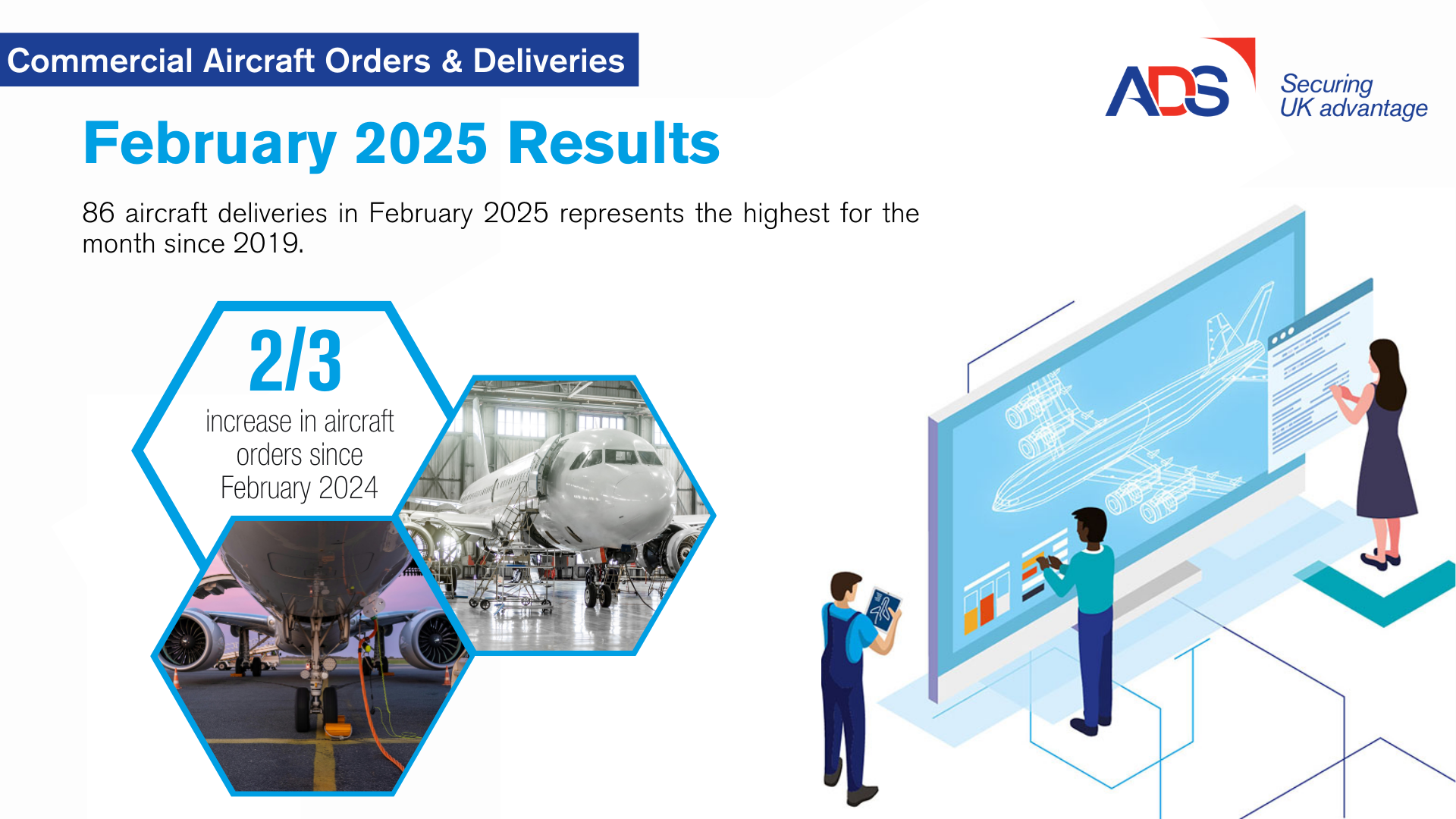The successful development of the UK’s Aerospace Growth Partnership (AGP) over the last 2 years has seen an ever increasing confidence across government and industry that the UK can effectively meet the future challenges of international competition and new technology innovation. However, this success has led other nations to also take stock and question how their national aerospace industries can compete globally.
Enter Japan. As an article in this month’s Aviation Week highlights, the Japanese government have quietly set the wheels in motion on their own Aerospace ‘industrial strategy’. Their ultimate goal is to raise Japan’s share of the global aerospace market from 4% in 2014 – to 20% by 2034. This will be done by a focus on government funded R&D – in order to position Japan in the short/ medium term to win work on future aircraft developments around the world, and in the longer term, to develop Japan’s very own Single Aisle passenger jet – with 70% of it ‘Made in Japan’.
Mitsubishi Regional Jet in Final Assembly
Led by the Ministry of Education, Culture, Sports, Science and Technology, the initiative has the support and input of 5 government ministries and agencies – who will immediately seek to set aside funding for the project in the 2015 fiscal year budget. This government ‘liaison council’ will work alongside domestic manufacturers across the supply chain to ensure they have bought into the project development strategy – and ensure they are focusing on the technology required to achieve both those short and longer term goals outlined above.
What is important for the UK however, is that these goals focus on areas of technology where the UK has significant expertise – lighter structures (i.e. composites), lighter composite engine fans, drag reduction technology, quieter flaps, slats and landing gear and eventually, a domestic high-pressure engine turbine.
Alongside these goals, the Japanese aerospace industry has many of the inherent tools and strong grounding required to successfully compete with the UK. It already has significant experience in high-value aerospace manufacturing and assembly with complex structures (e.g. 787 wing box production); the overall manufacturing economy has low production costs due to its investment in automation; and the country is producing a large number of future engineers.
Whilst Japan’s ultimate goal is the development of a domestic single aisle aircraft to enter production by 2040, and whilst UK industry is likely to be further ahead in certain aerospace technology expertise (engine manufacturing as a unique example) the UK should pay close attention to how Japan’s very own ‘industrial strategy’ develops over time. The goals set out by Japan will be a reminder that the UK must continue to work hard with government support to maintain our market share and that increasing global competition is coming from a much wider range of sources than ever before.






